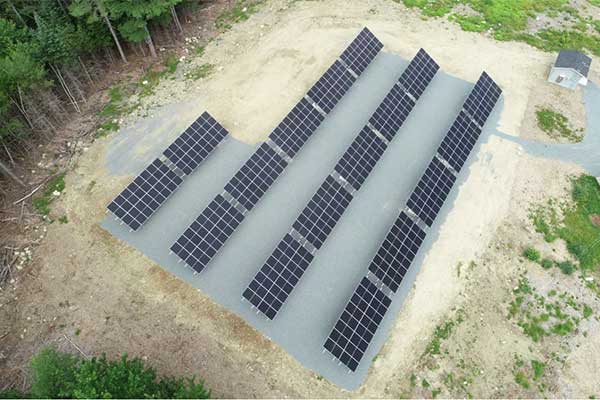- Canada has finally taken a significant step towards bolstering its renewable energy sector with the long-overdue introduction of the Clean Technology Investment Tax Credit (ITC) through the passage of Bill C-59.
- This legislation offers a much-needed refundable tax credit covering 20 to 30 percent of capital costs for investments in wind, solar, and energy storage projects.
- With this move, Canada aims to attract substantial investment, meet climate targets, and remain economically competitive.
The passage of Bill C-59, which implements the Clean Technology Investment Tax Credit (Cleantech ITC), marks a pivotal moment for Canada’s renewable energy and energy storage sectors.
What is Bill C-59?
This legislation, officially titled “An Act to implement certain provisions of the fall economic statement tabled in Parliament on November 21, 2023, and certain provisions of the budget tabled in Parliament on March 28, 2023,” positions Canada as a more competitive and attractive destination for investment in clean technology.
The Cleantech ITC is designed to boost investment in Canada’s wind, solar, and energy storage industries by offering a refundable tax credit covering 20 to 30 percent of capital costs. This move is expected to drive significant growth in these sectors, helping Canada achieve its climate targets while fostering economic resilience in a rapidly digitizing global market.
A proven catalyst for industry growth

In the U.S., both homeowners and businesses qualify for a federal tax credit equal to 26 percent of the cost of their solar panel system minus any cash rebates. The timeline for the eventual end of the ITC is in 2022.
Investment Tax Credits have a track record of spurring growth and innovation.
In the United States, the ITC has been a crucial driver for the renewable energy market since its inception in 2005. It has attracted billions in investments, created hundreds of thousands of jobs, and significantly expanded the capacity of renewable energy installations. The stability and predictability provided by the ITC have given investors the confidence to fund large-scale projects, knowing that their investments are protected against policy shifts.
With the Cleantech ITC set to remain available until 2034, Canada is signaling its long-term commitment to fostering a sustainable and competitive energy market. This move aligns with global trends and ensures that Canada remains an appealing option for international investors looking to enter or expand in the clean energy sector.

Switching to renewable energy solves the problems of fuel and climate change, but not those of escalating resource use.
Moreover, the Cleantech ITC will help mitigate financial risks associated with high upfront capital costs, which have historically been a barrier to entry for many renewable energy projects.
The road ahead
As Canada embarks on this transformative journey, the Cleantech ITC is poised to play a critical role in shaping the future of the nation’s energy landscape. By reducing the financial burden on companies and encouraging substantial investments in clean technology, Canada is not only working towards its climate targets but also securing its position as a leader in the global renewable energy market.
The passing of Bill C-59 is a clear message: Canada is ready to compete on the world stage, attract significant investment, and drive the clean energy revolution forward.















Comments